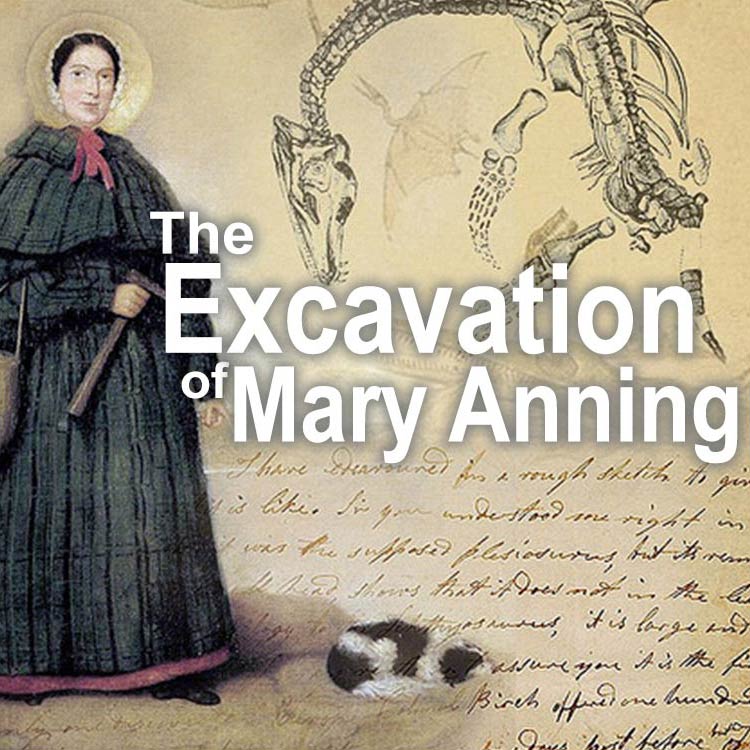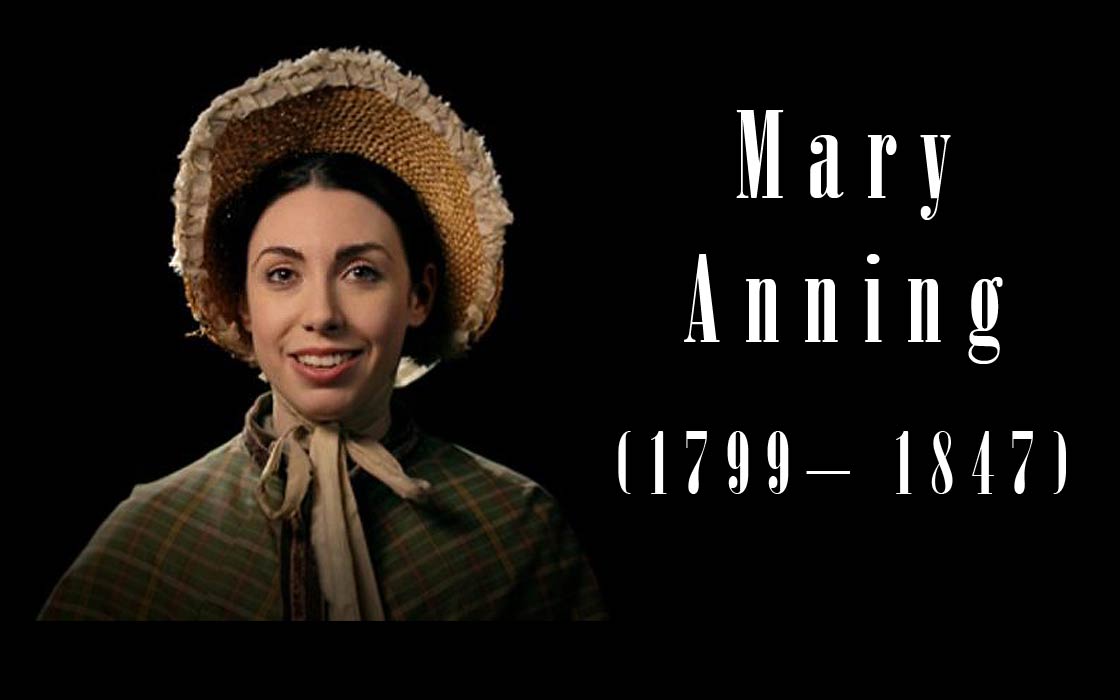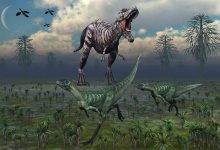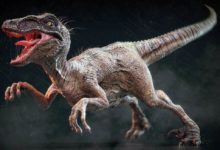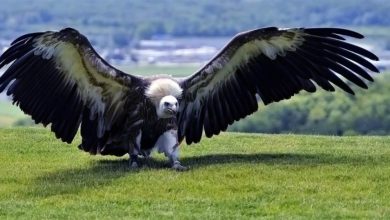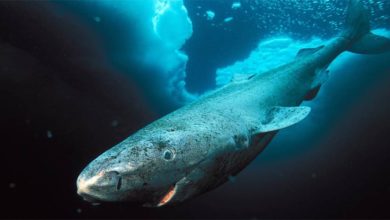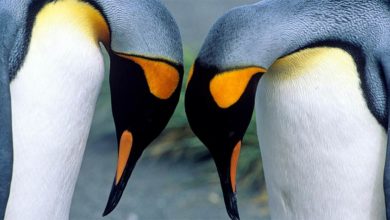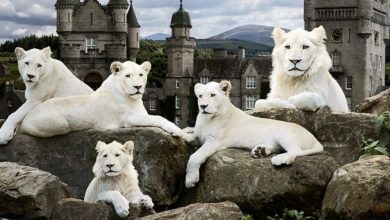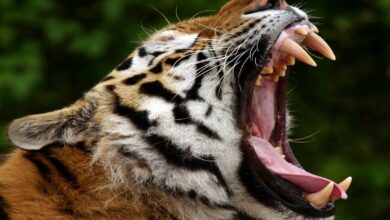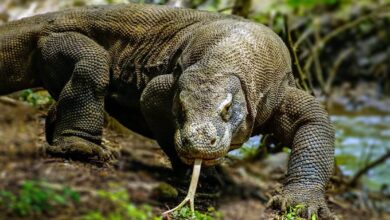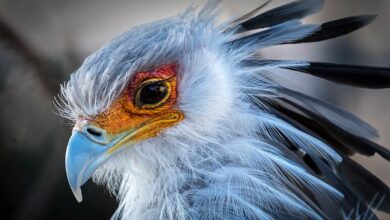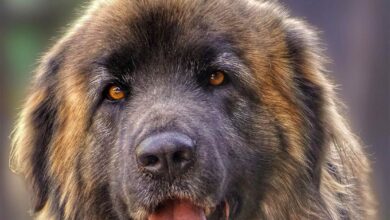Mary Anning and her legacy in paleontology
Mary Anning and her history
Mary Anning (1799-1847) was an English fossil collector and paleontologist, who is widely considered to have made important contributions to the study of paleontology during a time when the field was in its infancy. Despite her lack of formal education and the obstacles she faced as a woman working in a male-dominated field, Mary Anning’s discoveries and observations helped lay the foundation for modern paleontology.
Mary Anning – short biography
Early Life and Interest in Fossils
- Born in Lyme Regis, a coastal town in southwest England known for its rich fossil deposits.
- Her family was poor and her father was a cabinet maker, but interested in collecting fossils.
- She began collecting fossils at a young age, accompanied by her father and brother
- Early on she was exposed to the scientific study of fossils and became a self-taught expert on the subject.
Fossil Discoveries
- At the age of 12, Anning made her first significant discovery, a complete Ichthyosaur skeleton
- This was an important find as the Ichthyosaur was previously unknown to science
- Over the next several years, Anning made many other important fossil discoveries, including the first complete plesiosaur skeleton, and the first pterosaur skeleton to be identified
- Her discoveries were widely recognized by the scientific community and were purchased by institutions and private collectors, including London’s Natural History Museum.
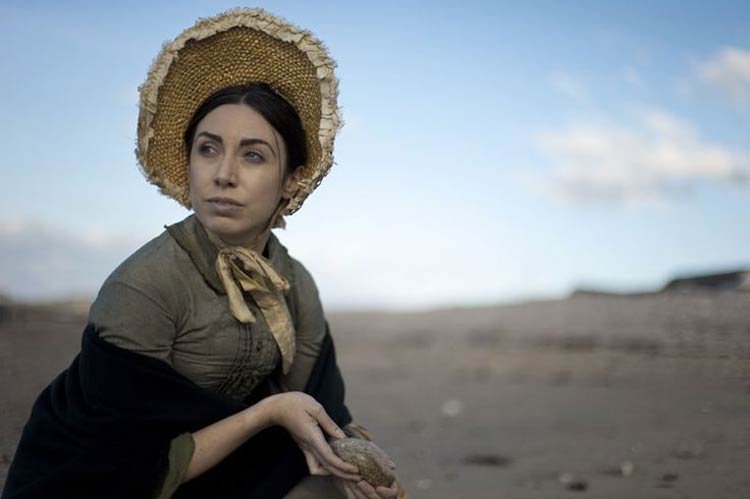
Contributions to Paleontology
- Anning’s discoveries and observations played a significant role in advancing our understanding of prehistoric life.
- Her careful study of fossils helped to disprove long-held beliefs about the nature of ancient creatures, such as the belief that Ichthyosaur’s were sea monsters.
- Her work helped to establish the modern understanding of these creatures as reptiles that lived in the sea
- She also made significant contributions to the study of the geology of the area, including the recognition of the Jurassic marine beds near Lyme Regis.
Obstacles as a Woman in Science
- Anning faced many challenges due to her gender and lack of formal education.
- Despite her many accomplishments, she was not elected to membership of the Geological Society of London until 1838.
- She struggled financially, often selling her fossils at a fraction of their true value, and was unable to attend the meetings of the Society.
- However, her contributions were recognized by other scientists and experts in her field, and she became respected as an authority in paleontology
Later life and Legacy
- Anning died at the age of 47 due to breast cancer
- Despite her relatively short life and career, her contributions to the field of paleontology were significant and continue to be recognized today.
- Many of her fossils can still be seen in museums and institutes around the world.
- Anning’s legacy is most notably that her discoveries helped to establish the study of paleontology as a scientific discipline and that she served as an inspiration for many women who followed in her footsteps
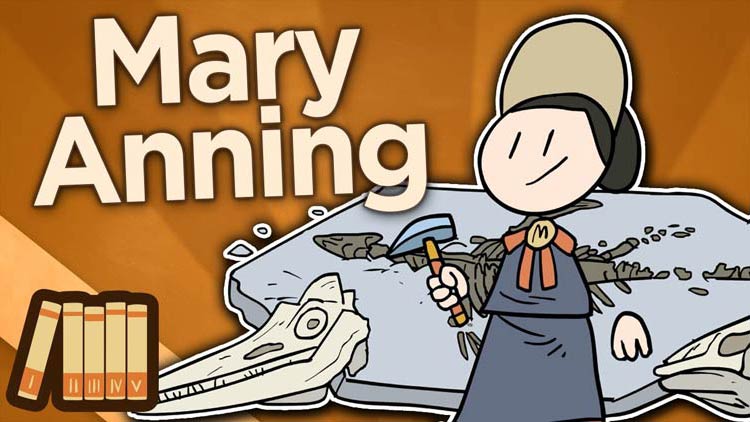
Mary Anning – full biography
Early childhood of Mary Anning
Mary Anning was born in Lyme Regis, a coastal town in southwest England, on May 21, 1799. Her parents, Richard and Mary Anning, were both members of the local working class, with her father working as a cabinet maker and her mother running a boarding house.
Mary was the second of ten children born to the family, and from a young age, she was exposed to the world of fossils and paleontology. Her father, who was also interested in collecting fossils, would often take Mary and her brother Joseph on fossil-hunting expeditions along the coast, where they would explore the cliffs and beaches in search of interesting specimens.
Despite her family’s financial struggles, Mary was able to receive a basic education at a local Sunday school. However, her formal education was cut short when her father died of tuberculosis in 1810, leaving the family in difficult financial circumstances.
At the age of 11, Mary and her brother began selling fossils to tourists and local collectors to help support their family. Her early exposure to fossils, and her subsequent work selling them, provided her with a wealth of knowledge and experience, and by the age of 12, she had already made her first major discovery: a complete ichthyosaur skeleton. This discovery and her finding many more significant fossils over the next years marked her as a important figure in fossil study.

Discovering fossils
Mary Anning’s first major fossil discovery was a complete ichthyosaur skeleton, which she found in 1811, at the age of 12. This was an important find, as the ichthyosaur, a marine reptile, was previously unknown to science. It was her discovery of this fossil that gained her recognition as a fossilist in scientific community and led to many more discoveries.
Over the next several years, Anning made many other important fossil discoveries. One of them was the first complete plesiosaur skeleton, which she found in 1821. This discovery helped to disprove the prevailing belief that plesiosaurs were sea monsters, and established them as marine reptiles. She also discovered the first pterosaur skeleton to be identified, and many other important fossils.
Widely recognized by the scientific community
Anning’s discoveries were widely recognized by the scientific community and were purchased by institutions and private collectors, including London’s Natural History Museum. Her meticulous study of these fossils helped to advance our understanding of prehistoric life, by disproving long-held beliefs about the nature of ancient creatures.
Despite the significance of her discoveries and her contribution to the field of paleontology, Anning often struggled financially. She was often forced to sell her fossils at a fraction of their true value, and sometimes had to dig them up herself and carry them long distances to deliver them to buyers. However, her contributions were recognized by other scientists and experts in her field, and she became respected as an authority in paleontology.

Not only marine reptiles
Anning’s fossil discoveries were not limited to marine reptiles. Her work also covered an array of other prehistoric creatures including Ammonites, Belemnites, Squids, Fish and even few of the dinosaurs. Her finds of ancient marine creatures such as Ichthyosaur, Plesiosaur and Pterosaur were just the tip of the iceberg. She was also responsible for many significant discoveries of other creatures of Jurassic era which includes various species of Fish, Ammonites and Belemnites.
Anning’s work also included the study of fossils in their geologic context. She understood the importance of studying the rock layers in which the fossils were found, and she made significant contributions to the study of the geology of the area. She was among the first to recognize the Jurassic marine beds near Lyme Regis and her observations were critical to the development of the Geological time-scale.
Many challenges
Despite the contributions and importance of her findings, Anning faced many challenges due to her gender and lack of formal education. She was not able to attend the meetings of the Geological Society of London, who were mostly composed of wealthy, educated men, and was not elected to membership of the society until 1838. Anning’s struggles for recognition and financial difficulties were not uncommon for women of her time working in a field dominated by men. However, her discoveries were widely recognized by other scientists and experts in her field, and she became respected as an authority in paleontology.
Anning’s legacy is notable as her discoveries helped to establish the study of paleontology as a scientific discipline. Her findings was an inspiration for many scientists who followed in her footsteps. Today, many of her fossils can still be seen in museums and institutes around the world. and her discoveries continue to be studied and discussed in scientific circles.

Fossils as a family business
Fossil collecting and selling was a family business for the Annings, particularly after the death of Mary’s father, which left the family in difficult financial circumstances. After his death, Mary and her brother Joseph continued to collect fossils along the coast and sell them to tourists and local collectors to help support their family.
Mary and Joseph would go on expeditions to find fossils, and Mary became an expert in identifying, extracting and preparing the fossils. They would often sell their findings to visitors and tourists, who were willing to pay good prices for them as they were considered to be rare and interesting specimens. They also sold to local collectors, and to museums and other institutions who were interested in these fossils for scientific study.
Reputation and prices
As Mary’s reputation grew, her fossils became more sought-after, and she was able to command higher prices for them. Her fossils were purchased by institutions and private collectors from all over the world, including London’s Natural History Museum, and many of her fossils can still be seen in museums and institutes around the world today.
Despite her success as a fossil collector and seller, Mary often struggled financially, and had to sell her fossils at a fraction of their true value. Nevertheless, her family’s fossil business was able to provide a livelihood for them, and played a key role in supporting the family financially, as well as in allowing Mary to pursue her passion for paleontology and make her many important discoveries.
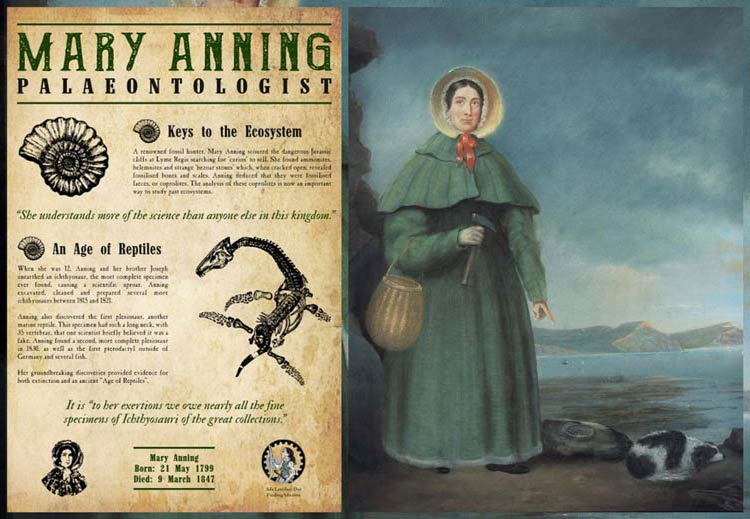
Interactions with the scientific community
Despite her lack of formal education and her status as a working-class woman in a field traditionally dominated by wealthy, educated men, Mary Anning was able to establish herself as a respected authority in the field of paleontology. She had interactions with many prominent members of the scientific community of her time, which helped to gain recognition for her work.
Mary Anning corresponded with several notable scientists and naturalists, who were interested in her discoveries and in her observations on the geology of the area. For example, she corresponded with the geologist Henry De la Beche, who was a founding member of the Geological Society of London and a prominent figure in the field of geology. He was impressed by her knowledge and was a great help to her by publishing some of her work and helped her to gain recognition.
Mary Anning also interacted with other scientists through the sale of her fossils. Her discoveries were purchased by institutions and private collectors from all over the world, including London’s Natural History Museum. Through these interactions, she was able to establish contacts with scientists and experts in her field, and her reputation as a skillful fossil hunter and a knowledgeable paleontologist was widely recognized.
Although not a member of the Geological Society of London till 1838, Anning’s work and discoveries were known among the members, as many of them purchased fossils from her and visited her to study them. This recognition led her to be elected as a member of the society.
Anning’s interactions with the scientific community, despite the many obstacles she faced, were a testament to her skill and knowledge in the field of paleontology, and helped to gain recognition for her contributions to the field.
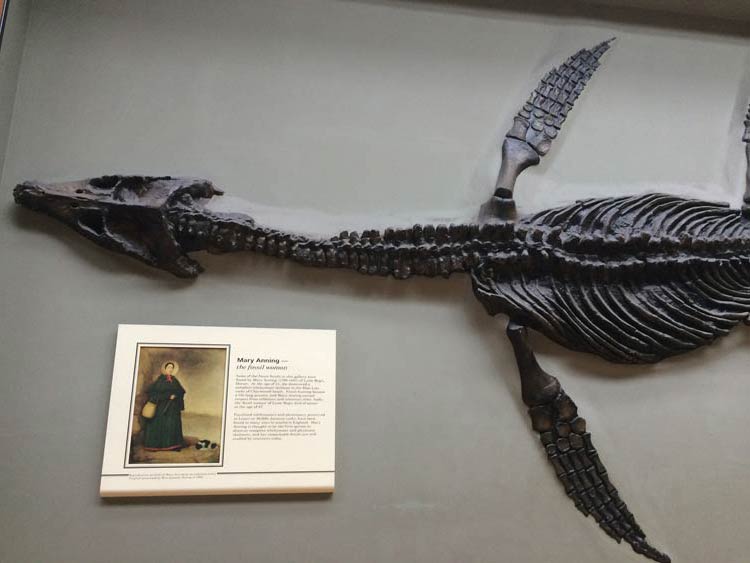
Major discoveries
Mary Anning made many significant discoveries throughout her career as a fossil collector and paleontologist. Some of her most notable discoveries include:
- Ichthyosaur: One of her earliest and most significant discoveries was a complete ichthyosaur skeleton, which she found in 1811, at the age of 12. This was an important find, as the ichthyosaur, a marine reptile, was previously unknown to science. This discovery led to an interest in the scientific community and her reputation as a skillful fossil hunter
- Plesiosaur: In 1821 Anning discovered the first complete plesiosaur skeleton. This discovery helped to disprove the prevailing belief that plesiosaurs were sea monsters, and established them as marine reptiles.
- Pterosaur: One of Anning’s major discovery was the first pterosaur skeleton to be identified, which she found in 1828. The Pterosaur was known only from bones and jaws till this discovery and this specimen provided the first complete skeleton.
- Squaloraja fish: Anning was the first person to describe the extinct fish genus Squaloraja, which lived during the early Jurassic period. Her discovery of the fish fossils helped to fill in a significant gap in the fossil record of early cartilaginous fishes.
- Belemnites: she discovered the fossilized remains of belemnites which were common in the Jurassic period. Belemnites were cephalopods related to the modern-day squid, and her discovery helped to better understand the life and habitat of these ancient creatures.
- Ammonites: Anning’s discoveries also included a variety of ammonite fossils, which helped to provide insights into the diversity and evolution of these extinct cephalopods.
These are just some examples of the many important discoveries Anning made during her career, which helped to significantly advance our understanding of prehistoric life and the geology of the area.
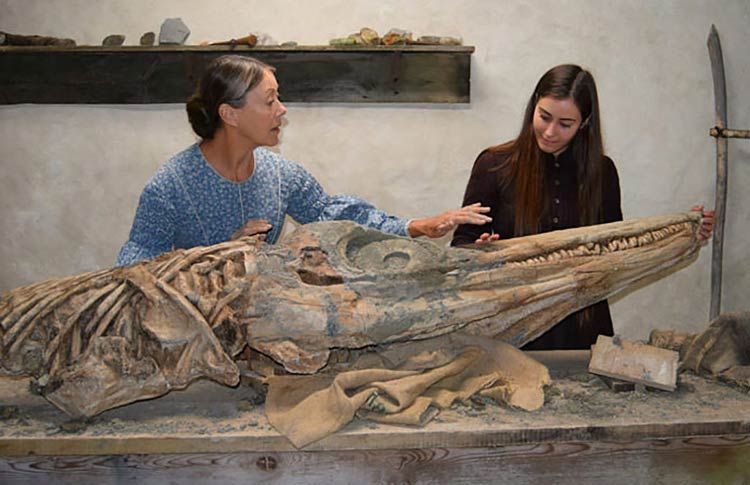
Recognition and legacy
Despite the many obstacles she faced as a woman working in a male-dominated field, and her lack of formal education, Mary Anning’s contributions to the field of paleontology were widely recognized by her contemporaries. Her meticulous study of fossils and her ability to make important discoveries helped establish her as an authority in the field.
Her discoveries were purchased by institutions and private collectors from all over the world, including London’s Natural History Museum, and many of her fossils can still be seen in museums and institutes around the world today.
Anning was also recognized by the scientific community for her contributions. In 1838, after several decades of work, she was elected to membership of the Geological Society of London. This was a significant achievement, as membership was largely limited to wealthy, educated men at the time.
Despite this recognition, Anning struggled financially throughout her life, often selling her fossils at a fraction of their true value. Nevertheless, her legacy is notable, as her discoveries helped to establish the study of paleontology as a scientific discipline. Her findings were an inspiration for many scientists who followed in her footsteps.
Mary Anning’s legacy is also notable for her ability to pave the way for women in science. She served as an inspiration for many women who followed in her footsteps, working in a field that was traditionally dominated by men. She broke barriers and proved that women are capable of making important scientific contributions despite the difficulties they may face. Today, her story is often highlighted as an example of the contributions made by women in science, and her discoveries continue to be studied and discussed in scientific circles.

Illness and death
Mary Anning’s health began to decline in her late 30s, and by her early 40s she had been diagnosed with breast cancer. She continued to work as a fossil collector and dealer despite her illness, but her condition gradually worsened and she died at the age of 47 on 9 March 1847.
During her last years, she was financially comfortable, and her work was widely recognized by the scientific community. Despite her relatively short life and career, her contributions to the field of paleontology were significant and continue to be recognized today.
Anning’s death was widely mourned, and her passing was noted in local newspapers and in the scientific community. Henry De la Beche, the geologist with whom she had corresponded and who had helped her throughout her career, wrote a memorial notice that was published in the Proceedings of the Geological Society of London, and several other scientific journals.
Anning’s legacy is most notably that her discoveries helped to establish the study of paleontology as a scientific discipline, and that she served as an inspiration for many women who followed in her footsteps. Her passing was a loss not only for her family and friends but for the scientific community as well.

Mary Anning in movies
Mary Anning has been the subject of a number of movies and documentaries. These include:
- “Ammonite” is a 2020 British historical romantic drama film directed by Francis Lee and starring Kate Winslet and Saoirse Ronan. The film is a fictionalized account of the life of Mary Anning and her relationship with a wealthy young woman who visits her to convalesce.
- “The Fossil Hunter” is a 2009 British short film directed by Steven Jacobi, which tells the story of Mary Anning and her discovery of the ichthyosaur. The film was awarded best short at the 2010 Reel Women Direct festival and nominated for the 2010 BAFTA Scotland award.
- “Sea Dragon: The Story of Mary Anning” is a 2020 documentary film directed by Tom Walmsley and produced by Atlantic Productions. The film recounts Anning’s life and work and the discoveries that made her famous.
- “Jurassic Sea Dragon: The Story of Mary Anning” is a 2018 a half-hour documentary from the Smithsonian Channel that explores the life and legacy of Mary Anning and her pioneering discoveries.
- “Mary Anning: The Fossil Hunter” is a 2022 animated children’s film, directed by Glen Hall and produced by DreamWorks Animation. The film is based on Mary Anning’s life and discoveries and aims to educate children about paleontology, geography and history.
These are some of the major productions that feature Mary Anning’s life and work, and there have been many other documentaries, podcast and online contents that highlights her contribution to the field of Paleontology.

Discussion / Podcast on Mary Anning
Let’s listen to a discussion about Mary Anning and her legacy in paleontology
